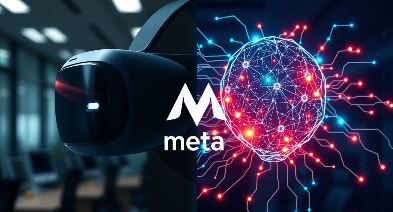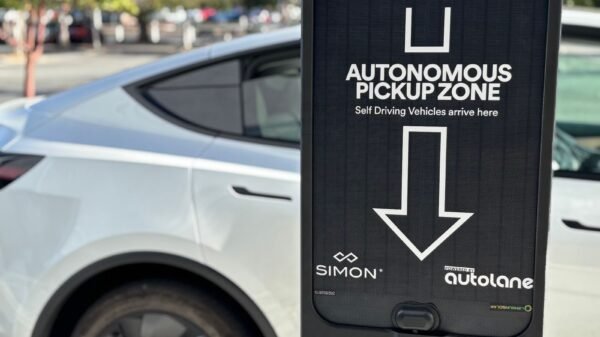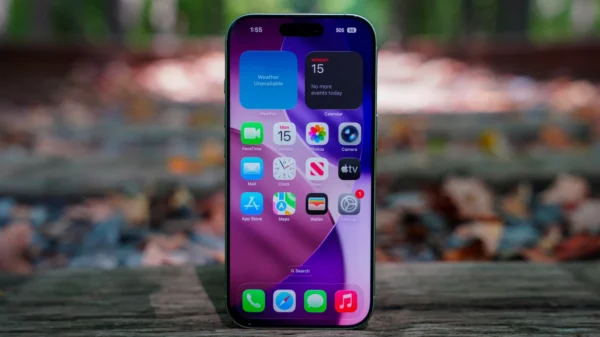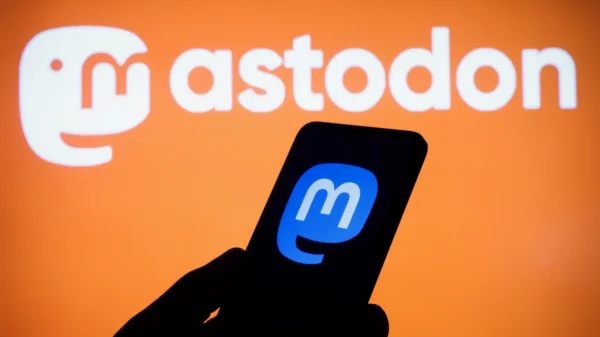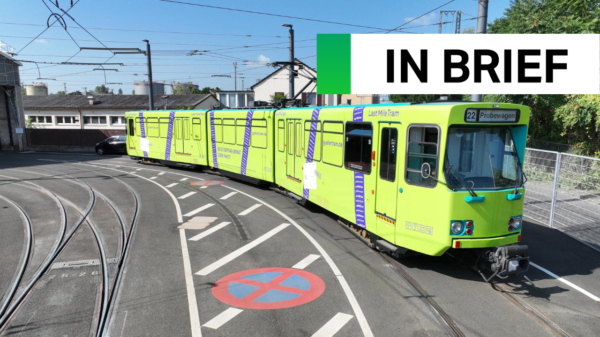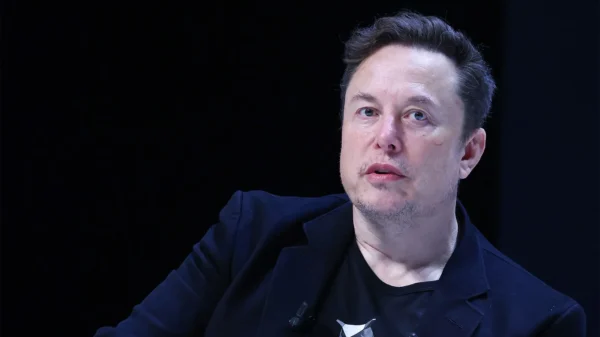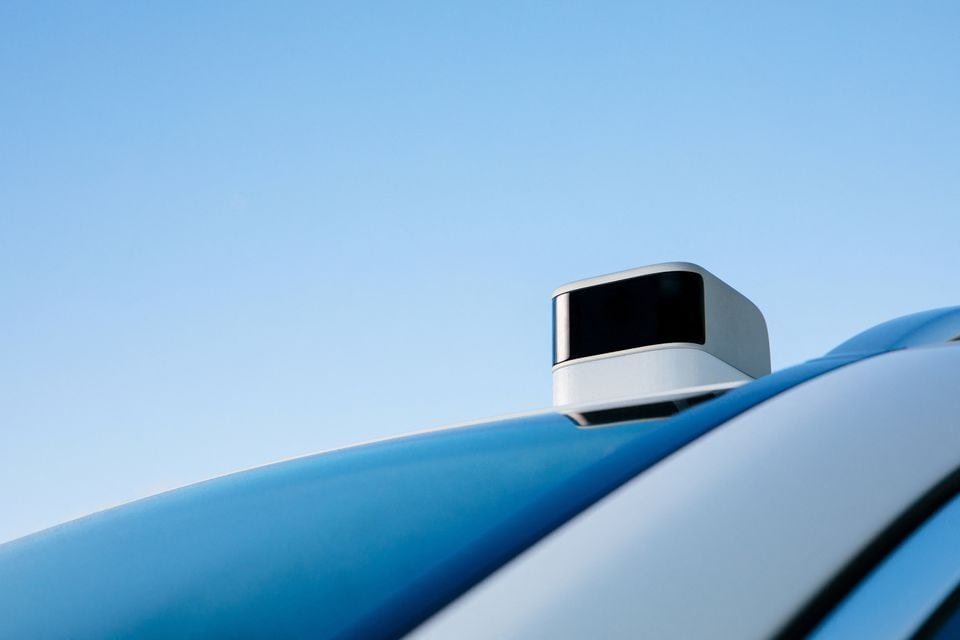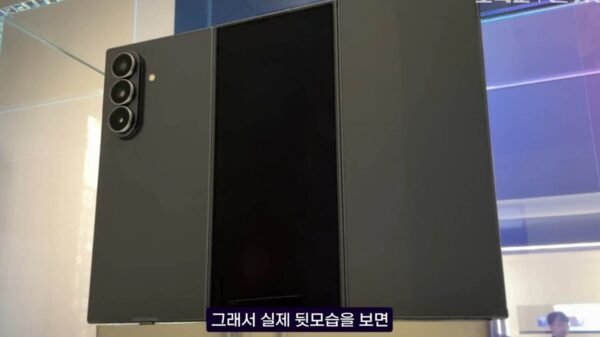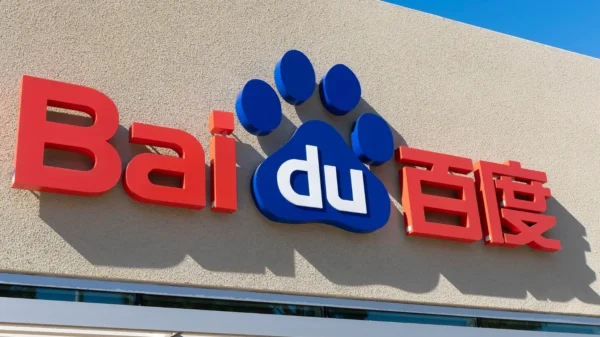On Wednesday, Aeva Technologies (AEVA.N) announced that it had signed an agreement to provide May Mobility with a vital sensor for their autonomous shuttles. Based in Silicon Valley, Aeva has created a lidar sensor that enables autonomous cars to see the road in great detail and over a long distance.
Self-driving Michigan-based May Mobility is developing shuttles. Rather than aiming to provide a robot taxi service for customers, the company sells the shuttles to local governments and localities, who may use them to supplement or replace human-driven bus services.
Even though companies like General Motors-controlled (GM.N.) Cruise have halted their autonomous operations, May Mobility is continuing with its expansion goals.
Earlier this week, May Mobility secured $105 million in venture funding, supported by the venture arms of Toyota Motor (7203.T) and Nippon Telegraph and Telephone (NTT) (9432.T) in Japan.
In an interview with Reuters, Aeva Chief Executive Officer Soroush Salehian stated that under the terms of the agreement, the company will provide several sensors for “thousands” of May Mobility cars until 2028.
May Mobility’s CEO, Edwin Olson, reported that the firm is running its shuttles in four cities, having completed around 350,000 rides to date, and at least some of the locations are producing positive cash flow.
According to him, May Mobility will ultimately enhance the long-range sensing of its shuttles, which are based on Toyota Sienna minivans. Still, it would need to modify parts of its software to use the Aeva sensors first.
According to Olson, the government contracts the company secures provide the stability it needs to invest in these technological advancements gradually.
Olson declared, “The cities are our customers.” “So we sell these long-term, multi-vehicle, multi-year, multimillion-dollar contracts to the cities themselves and are trying to solve some of their hardest transit problems.”

